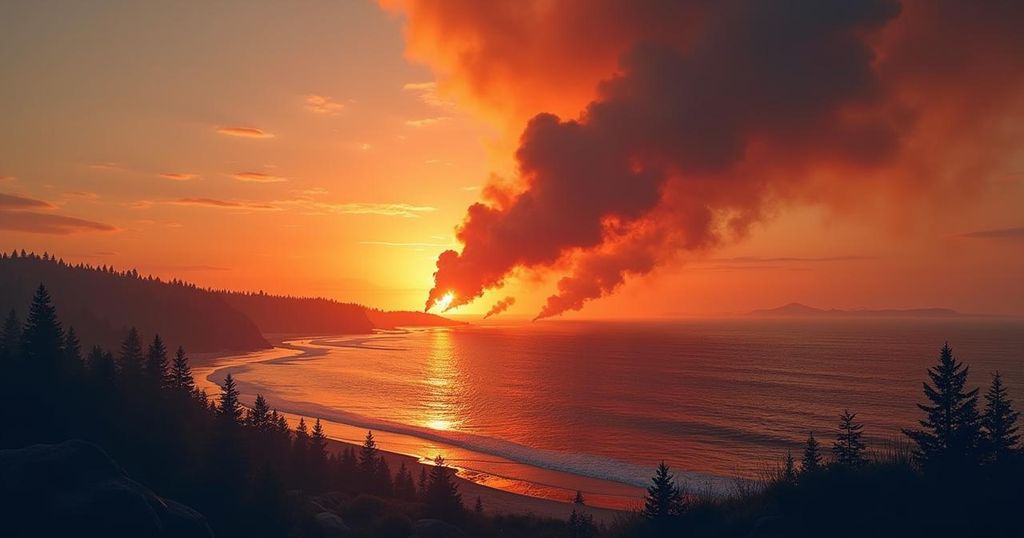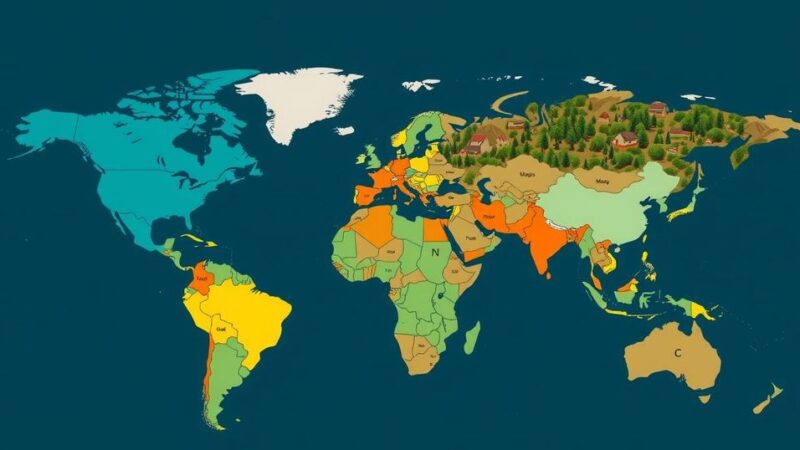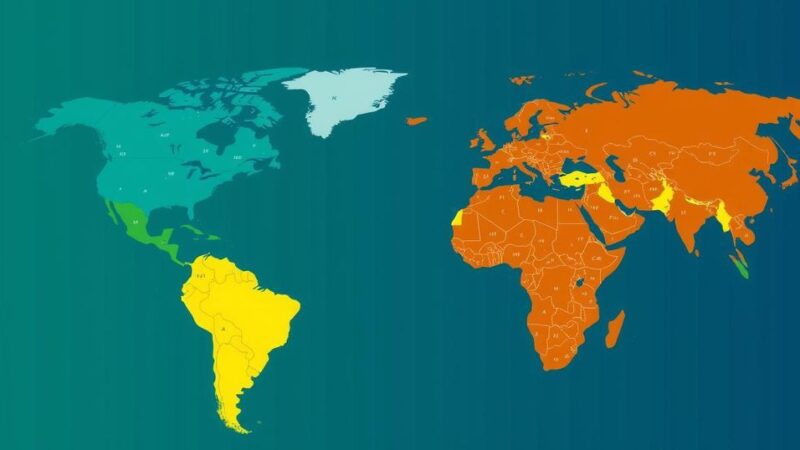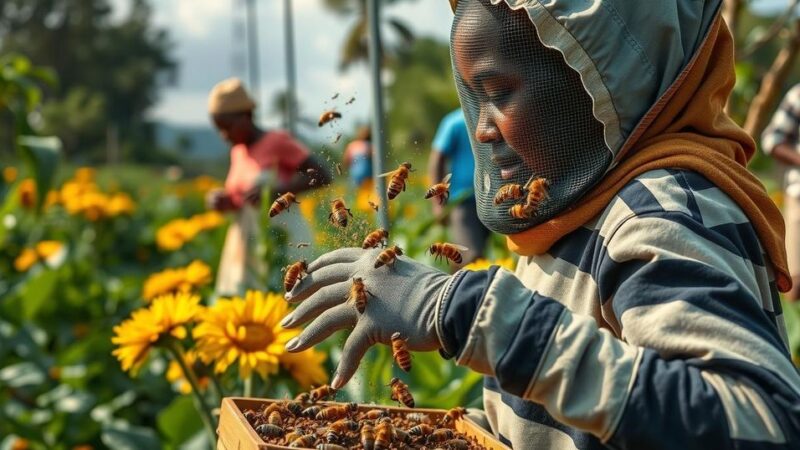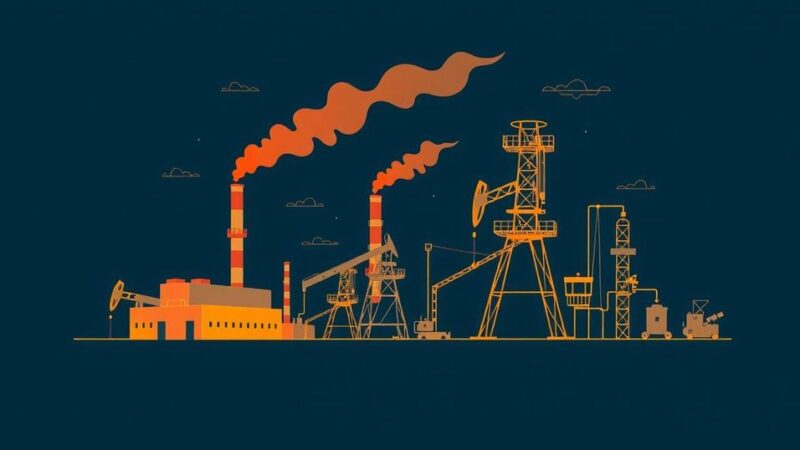In September, the Pearl Fire in Northwest Larimer County prompted the evacuation of 2,000 residents, covering 128 acres with only minimal containment initially. Firefighters ultimately achieved 90% containment, with the fire damaging just one structure. Concerns about the impact of intensified wildfires on forest regeneration due to climate change continue to resonate among scientists and environmentalists.
On September 16, the Northwest Larimer County Sheriff’s Office received multiple reports regarding smoke emerging from the Crystal Lakes area. Firefighters promptly identified the source of the flames, which originated from a private property situated approximately five miles northwest of Red Feather Lakes. This incident, known as the Pearl Fire, necessitated the evacuation of about 2,000 residents as firefighting teams deployed helicopters and air tankers to deliver water and fire retardant to combat the blaze. By the following day, the Pearl Fire had spread to encompass an estimated 128 acres with only 5% of the fire contained. The term ‘containment’ refers to the established perimeter intended to halt the fire’s progress. In response to the escalating situation, Governor Jared Polis issued an official disaster emergency declaration. Thanks to the dedication of first responders, containment of the fire reached an impressive 90% by September 21, allowing for the lifting of evacuation orders. Fortunately, only one building sustained damage, despite the fire’s proximity to residential communities. Currently, authorities are conducting an investigation into the cause of the fire, although further details have yet to be disclosed. Colorado has faced numerous catastrophic fires in its history, such as the Marshall Fire in December 2021, which tragically resulted in two fatalities and the destruction of hundreds of homes in Boulder County. This particular fire was exceptionally devastating, attributed to an unforeseen combination of drought conditions and high wind speeds. Climate scientists have increasingly connected the rising frequency of wildfires in Colorado to the broader implications of climate change. As wildfires surge in prevalence across the American West, scientists express significant concerns regarding the regeneration of forests. The intensified heat, frequency, and severity of wildfires hinder the establishment of seeds that would typically survive such events. Additionally, the desolate, charred landscapes left in the aftermath of severe wildfires are more vulnerable to erosion, along with potential losses in snowpack. Despite ongoing efforts by the state and environmental organizations aimed at tree replanting and wildfire mitigation, apprehension persists regarding the long-term effects of these intensified fire occurrences on Colorado’s ecological balance.
The Pearl Fire incident highlights the increasing challenges faced by communities in regions susceptible to wildfires, particularly as climate change continues to manifest through severe weather patterns and prolonged droughts. Colorado, like many states in the West, has seen a spike in wildfire incidents, leading to growing concern among scientists and environmentalists about ecological sustainability and forest regeneration. The intensity and frequency of these wildfires are believed to be exacerbated by climate change, necessitating proactive measures and emergency responses to protect communities and natural resources.
The Pearl Fire serves as a grim reminder of the escalating wildfire threats in Colorado and the broader implications of climate change. As communities continue to grapple with these challenges, it is crucial for stakeholders to prioritize adaptive strategies that not only address immediate firefighting needs but also foster long-term ecological resilience. The collective efforts in combating and mitigating future wildfires will be integral in safeguarding both residential areas and natural ecosystems.
Original Source: duclarion.com
